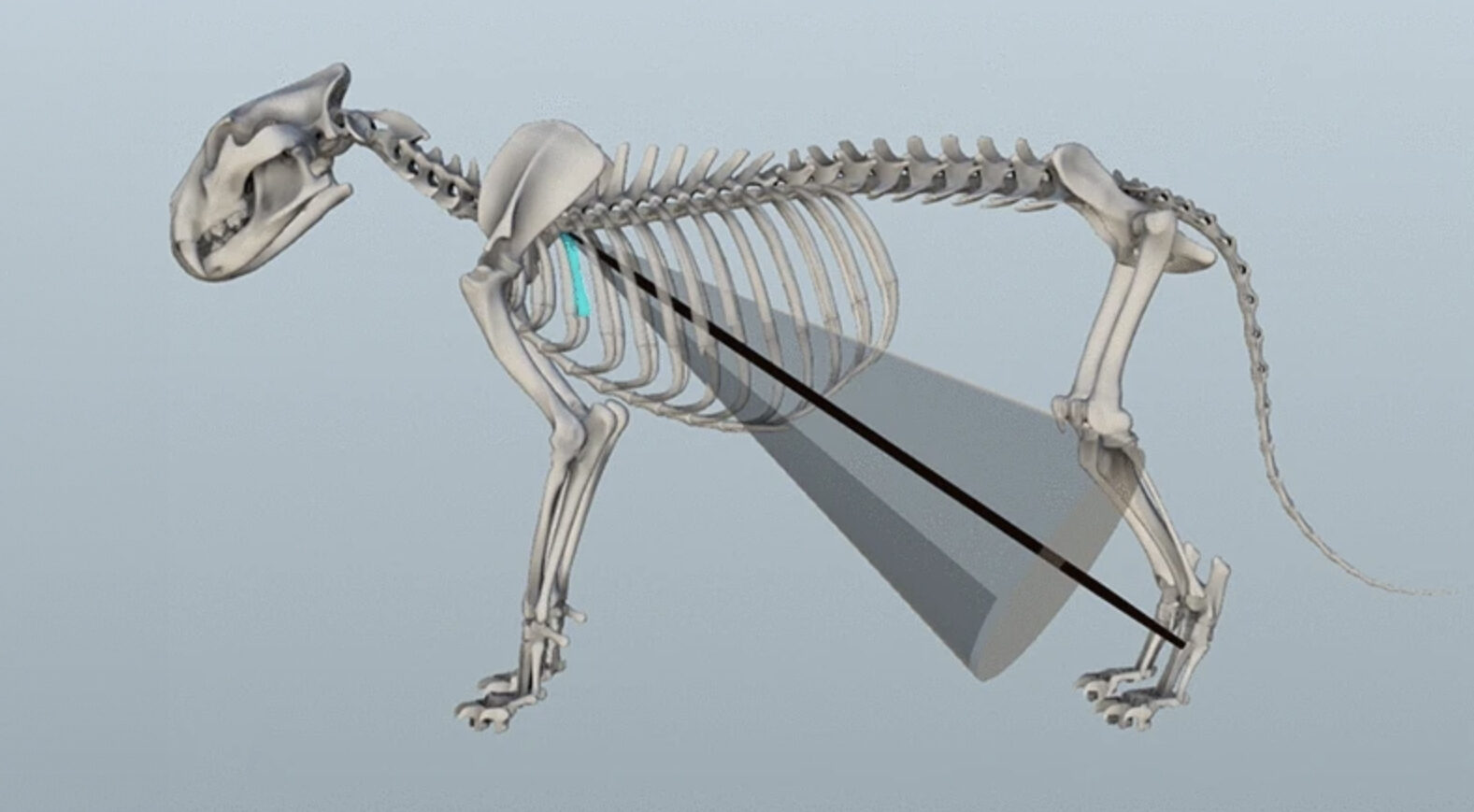
A 48,000-year-old lion skeleton found in a cave in modern-day Germany has provided researchers with new evidence of early predator hunting by hominids, according to new evidence outlined in a study published by Scientific Reports Thursday. The same study reports potential evidence of hominids turning cave lion skins into pelts based on new analysis of different, much older remains. These findings represent the earliest known proof that Neanderthals were effective hunters of large carnivores rather than just scavengers trying to avoid them.
A skeleton of a cave lion with a significant puncture wound in its rib was discovered in 1985 near Siegsdorf in southeastern Germany, at the foot of the Bavarian Alps. The puncture wound and surrounding cracks are located on the interior side of the rib, indicating that a spear likely struck it from the inside after passing through the lion’s vitals. Other “lesions,” probably the result of butchering, mark other bones.
“The hunting lesions include a partial puncture and possible drag marks,” the study reads. “The partial puncture was observed on the [rear] side … of rib III … It is oval-shaped in outline, exhibits circumferential and radial cracking on the impact … side, and lacks an exit wound.”
Read the rest of this article...
No comments:
Post a Comment
Note: Only a member of this blog may post a comment.